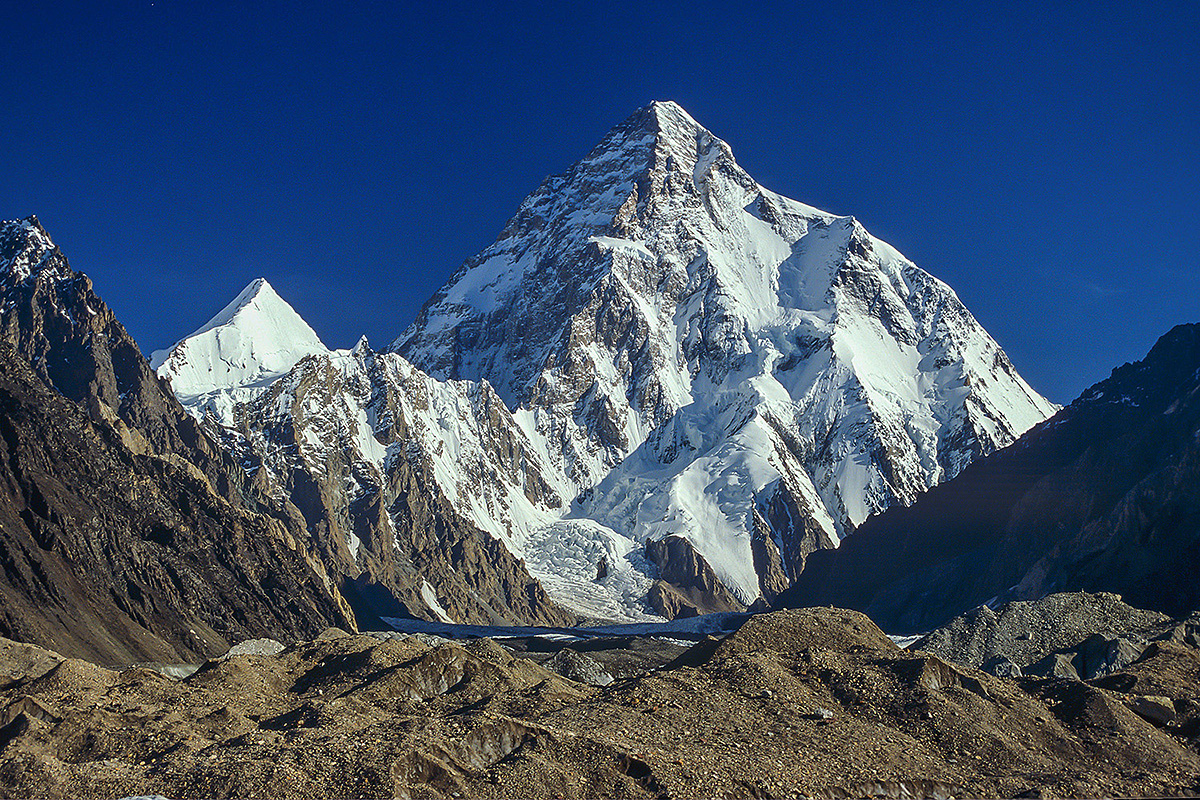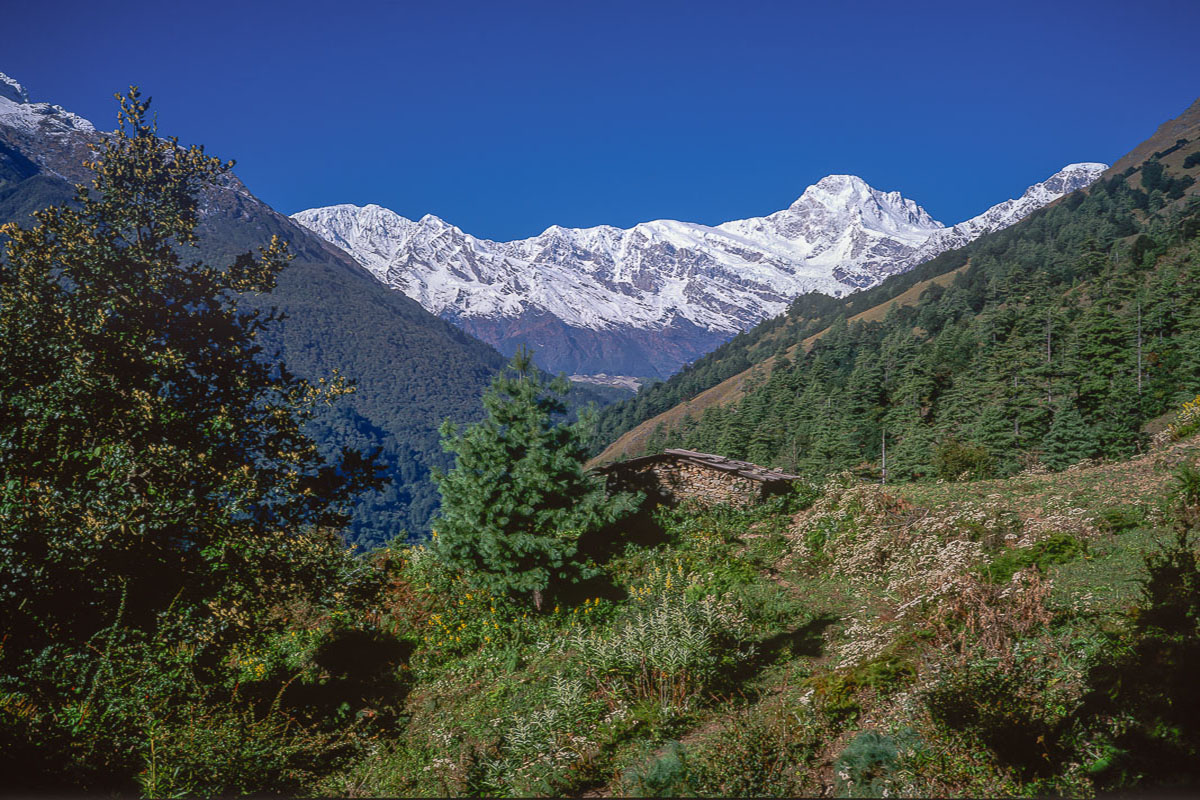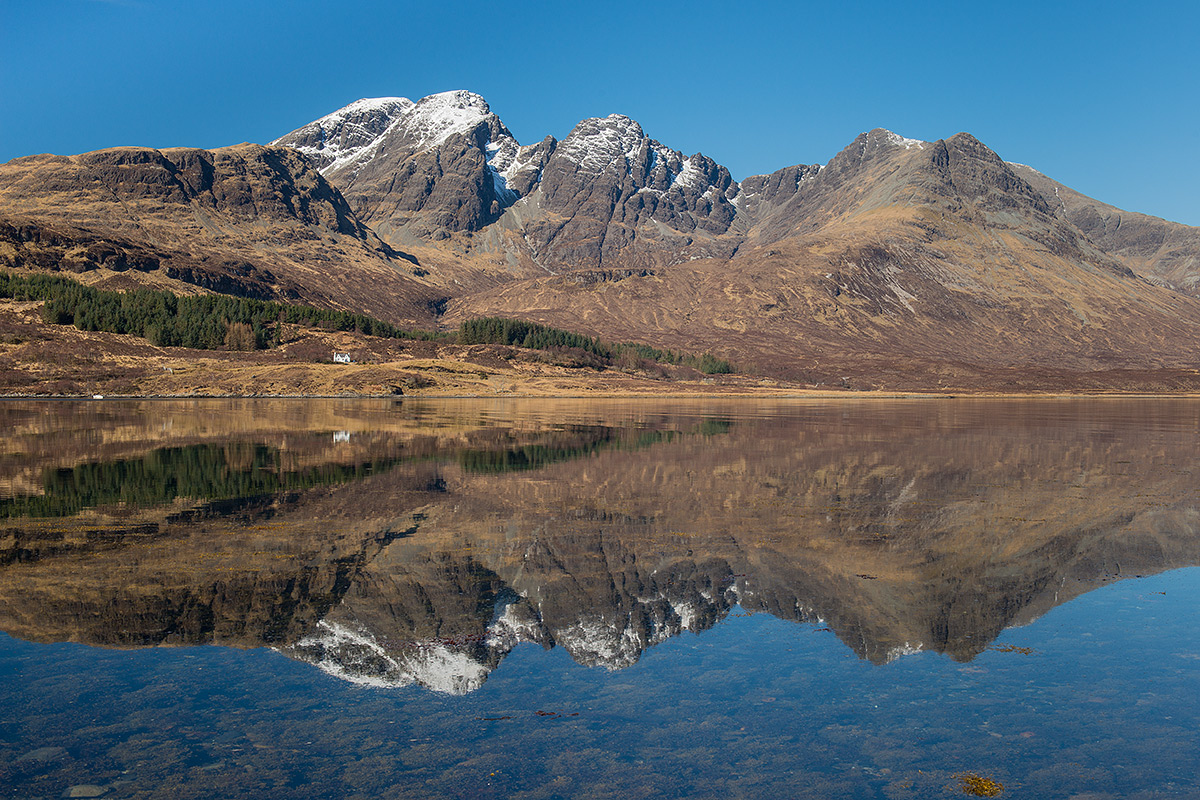
About Ian Evans
Mountaineer, Photographer and Writer
Introduction
Ian Evans is a mountaineer, photographer and writer on the mountains of Britain and The Himalaya. Born and educated in Liverpool, he now lives and works in the village of Invermoriston on the shores of Loch Ness in the Scottish Highlands where he enjoys easy access to most of Scotland’s finest mountains.
Ian’s portfolio reflects his passion for high mountains and wild places, and many of his chosen viewpoints are beyond the reach of the traditional landscape photographer, requiring detailed planning, preparation, determination and a high level of fitness and commitment.
He is a sensitive observer of landscape and light; his love for, and understanding of this environment is reflected in every image.
Ian has been an active mountaineer for most of his life; this interest in mountains and photography inspired him to research, organise and then lead trekking, climbing and photographic expeditions to Nepal, Tibet, Bhutan, Sikkim, India and Pakistan.
In 1986 he established commercial relationships with several travel companies, including ExplorAsia, The Ultimate Travel Company (formerly known as Worldwide Journeys and Expeditions) and KE Adventure Travel, and for 20 years worked in the travel industry as a trekking consultant, professional trekking guide and expedition leader.
A frequent visitor to The Himalaya, he has accumulated an extensive collection of photographs of the region, particularly of the great 8000 metre peaks – the very highest mountains in the world.
Ian’s written work, much of which related to travel in the Himalayan regions, accompanied by a significant amount of photography, has appeared in all of the major climbing magazines namely ‘The Great Outdoors’, ‘High’, ‘Climber and Hillwalker’, ‘Lakeland Walker’ and ‘Trail’.
Photograph : K2 from Concordia, Karakoram Himalaya, Olympus OM2n, 1983
Ian Evans’s images have also appeared in high profile works by other writers, including ‘On Top of the World’ by John Cleare, ‘The Magic of the Munros’ and ‘The Call of The Corbetts’ by Irvine Butterfield, ‘Exploring the North-West of Scotland’ and ‘Wild Walks’ by Richard Gilbert and ‘Wilderness Walks’ by Cameron McNeish.
Ian’s early material was captured in 35mm format using Olympus OM system cameras and lenses which he chose because they were simple to use, lightweight and compact. They proved to be very reliable cameras and perfect for the conditions in the Himalaya with its extremes of temperature and altitude.
He moved to medium format in 1986 with a Fuji 645Zi which, with its 55-90mm zoom lens, ideally suited his requirements. Ian used it as his main camera at home and abroad for more than a decade.
The film stock in those very early days was Kodak Ektachrome Professional 64, but Ian later changed to Fuji Velvia 50.
Photograph : Chhulung Valley, Manaslu Himalaya Nepal, Fuji 645Zi, 1996
In 1998 Ian began to experiment with panoramic format by making a major investment in the specialist Fuji GX617 camera. The following years were a challenging and exciting period as Ian’s search for material now literally took a new direction with a very different perspective. The large, pin-sharp and beautifully saturated images that the GX617 camera produced on Fuji Velvia film were superb even if there were only four of them to every roll of 120 film.
However, the Fuji GX617 came with its own problems; not only its weight and the complexity of setting it up on location but also the need to carry three heavy and unwieldy prime lenses.
Photograph : Loch Torridon Sunrise, Scottish Highlands, Fuji GX617, 2001
With the arrival of the digital era, the demise of the GX617 was inevitable. In 2003, with a sad heart and against the advice of some of his fellow professionals, he decided to sell the Fuji and explore the opportunities offered by the digital format.
Ian was inclined to work with digital media as soon as he could rely upon its technology to produce images of merchantable quality, and in so doing he became one of the first outdoor photographers to identify its many benefits and to work with it exclusively.
His initial choice from the limited range of professional digital cameras available at the time was the 12 megapixel Canon EOS1Ds. That first Canon EOS1Ds was replaced in later years by successive versions of the Canon EOS5D as the capabilities of that model steadily advanced and improved.
However in 2014 Ian finally converted to Nikon, at first with the Nikon D800E and later with the Nikon D810. Ian’s current camera of choice is the Nikon D850; its 46 megapixel sensor produces stunning images with a superb dynamic range that handles well the high contrast light and shadow detail that is so characteristic of mountain images captured in the ‘golden hours’ of sunrise and sunset.
Photograph : Bla Bheinn Spring Reflections, Scottish Highlands, Nikon D850, 2021



